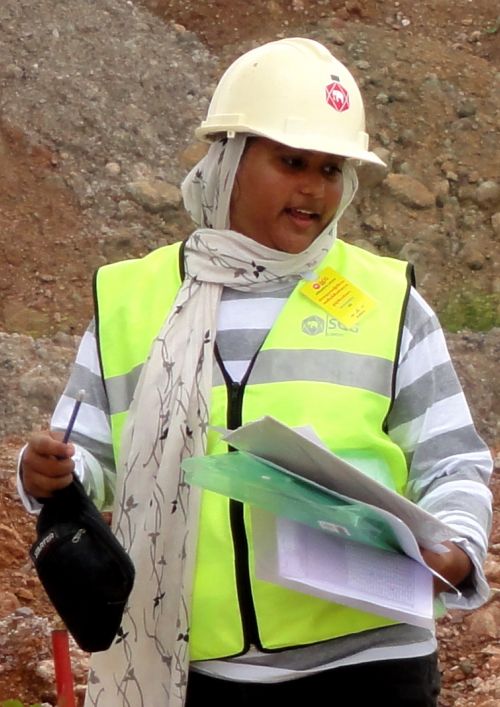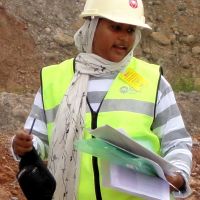Effectiveness of direct seeding for forest restoration on severely degraded land in Lampang Province, Thailand

ABSTRACT: This study tested the effectiveness of direct seeding to establish framework tree species, for restoring forest ecosystems on an opencast lignite mine in Lampang Province, Thailand. A randomized complete block design (RCBD) experiment tested five tree species (Afzelia xylocarpa (Kurz) Craib, Eugenia cumini (L.) Druce, Ficus racemosa Roxb., Gmelina arborea Roxb. and Schleichera oleosa (Lour.) Oken, with 5 substrate-amelioration treatments and 3 replicates. Germination percent was the highest for Afzelia xylocarpa (88.1%) and lowest for Ficus racemosa (5.9%). The substrate-amelioration treatments had no significant effects on both seed germination and seedling establishment for all species tested. Seedling establishment was highest for Schleichera oleosa (45%) followed by Afzelia xylocarpa (40%). A suitability-scoring system indicated that these two species were the most suitable for direct seeding, to complement other techniques of mine-site rehabilitation in northern Thailand, where establishment of indigenous forest tree species is required for biodiversity recovery.



